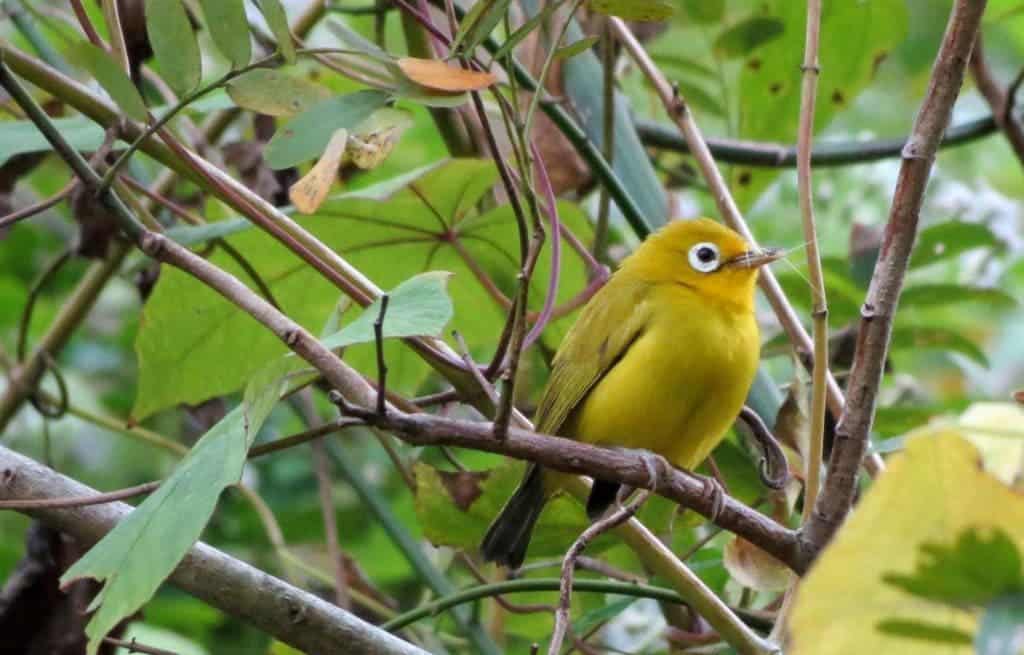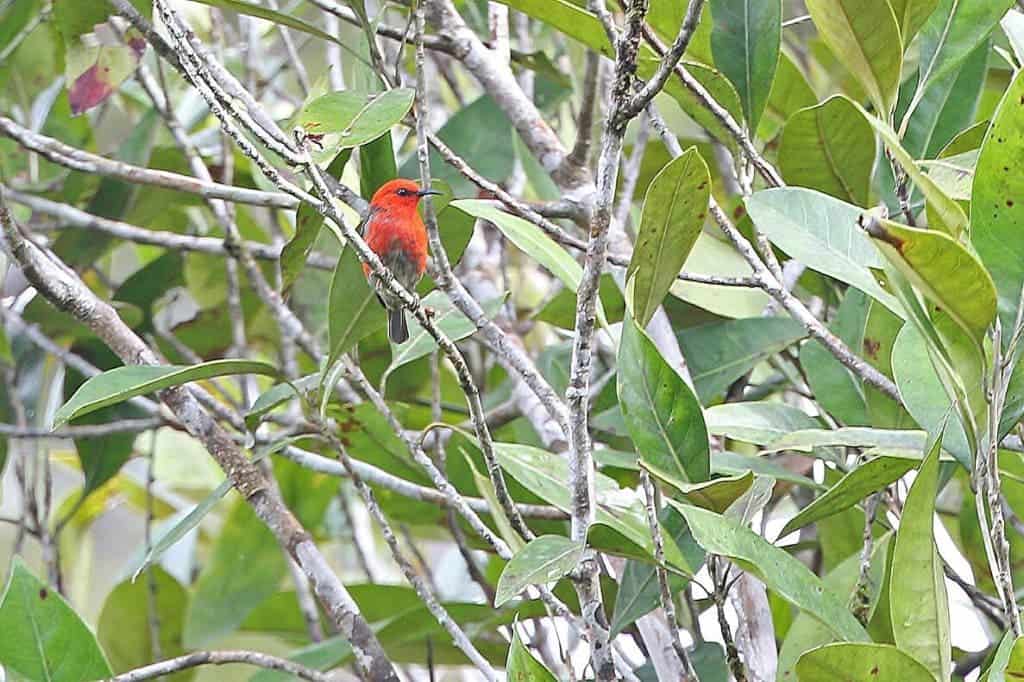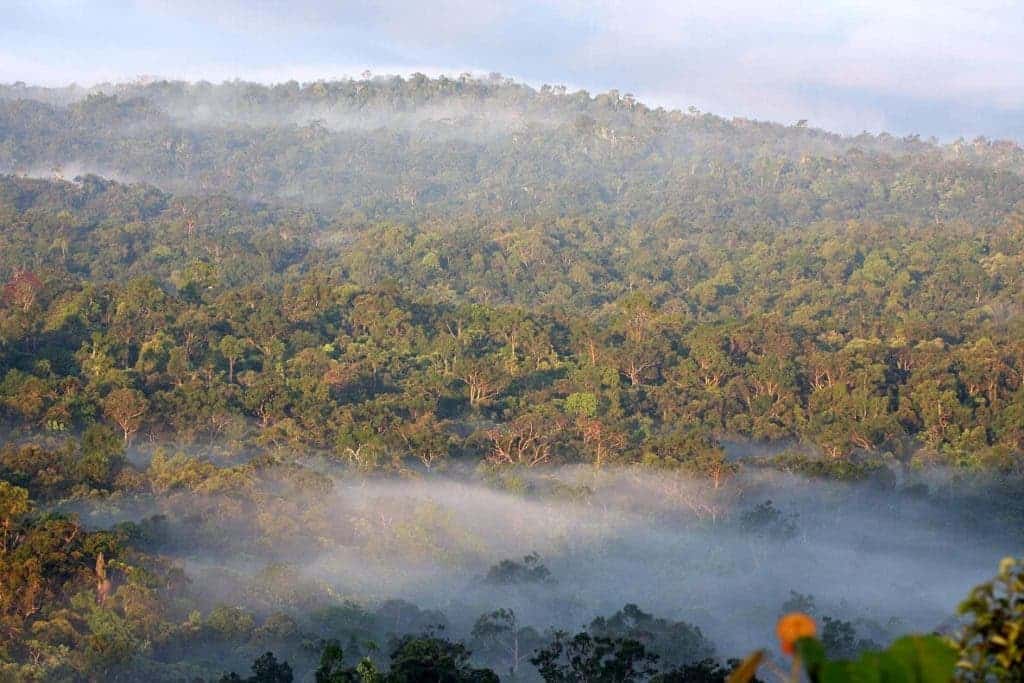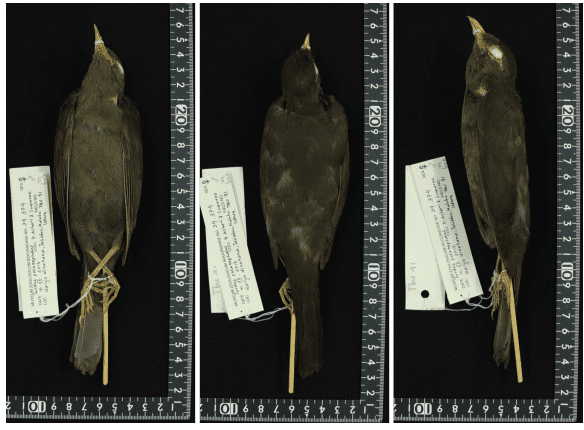An expedition off the coast of Sulawesi has come upon ten new songbird species. It’s a rare discovery that highlights once again the thriving Indonesian biodiversity — but also the threats this biodiversity faces.

Deep seas, unique birds
Although they are some of the most-studied groups of animals in the world, new birds are rarely discovered. Maybe it’s because we’ve found most of them, or maybe because birds are easier to spot than other creatures, but identifying new bird species is rare.
In the past two decades, an average of just six new bird species have been described every year. But 2020 is already different.
The expedition was carried out from late 2013 to early 2014. Three small, little-explored islands off the coast of Sulawesi were visited by a team led by Frank Rheindt at the National University of Singapore. The team tried to focus on the areas where they thought it was most likely to find new species. They analyzed geological trends that would have influenced the likelihood of finding birds, zooming in on one particular aspect: how deep the water around the islands is.

Sea depth is a surprisingly important factor in determining how distinct an island’s biodiversity is. As the Earth has undergone over 20 glacial periods in the past 2 million years, sea levels have repeatedly risen and dropped, connecting and disconnecting islands with other areas. Islands surrounded by shallow waters would have had periods of communication with the mainland or other islands, producing a gene flow between populations, which slows down the emergence of endemic creatures.
But islands which are surrounded by seas deeper than 120 meters would have remained isolated throughout this period, increasing the likelihood of unique species.
This was exactly the case with Peleng and Taliabu, two of the surveyed islands. In addition, these islands have rarely been explored by biologists, making them an excellent target.

The researchers’ efforts were rewarded as 10 new species were identified — 9 of which on Peleng and Taliabu.
Two of the newly discovered animals are leaf warblers — small, insect-eating songbirds. Others include a type of honeyeater that feeds on nectar and fruit and the Peleng fantail (which, as the name implies, fans its tail feathers when is alarmed), as well as two flycatchers. It’s a fairly diverse group, the majority of which was discovered in the islands’ highlands, over 1,000 meters (3,200 feet) high.
Problems already
As it is so often the case, threats to these new species have already been identified. It already seems like a trope: we’ve found some new species, but they’re at risk. In this case, rampant deforestation on the islands is threatening the survival of the birds. Logging is the main cause of deforestation, although forest fires (exacerbated by climate change) also play a role.
It’s an important reminder that life needs to be protected — even life that we haven’t discovered yet.
Thousands of species have been described in recent years, but most researchers agree that thousands more still remain undescribed. Although Sulawesi has been populated by archaic hominins since before the time of Homo sapiens, its zoology still has surprises to offer.

This study, just like many others analyzing species of birds, leaves behind another pressing ethical question.
This sort of specimen-collecting expeditions involve, as the name implies, collecting specimens — killing them. In this case, nets were placed at strategic points on the island, and whichever unfortunate birds flew into them are harvested and sent to the lab for later analysis.
Establishing that an animal is a new species cannot be done without this analysis — and yet, it involves killing specimens from a population that may very well be threatened. This has been done for centuries, but the ethics of it are being debated more and more in recent times.
Does the end goal of conservation and study justify this process?
The study was published in Science.









